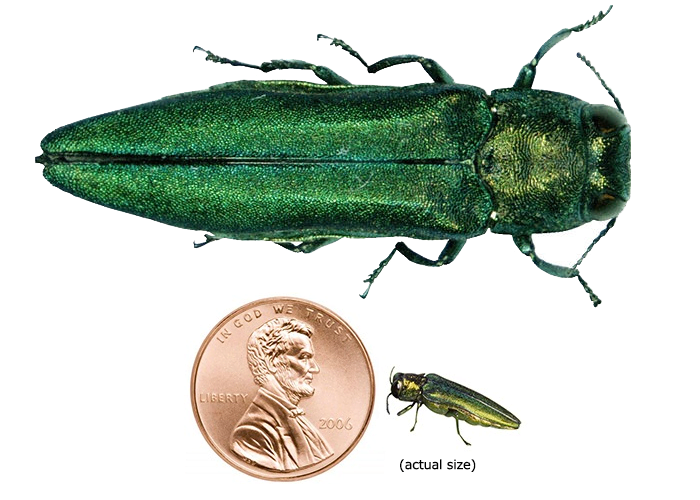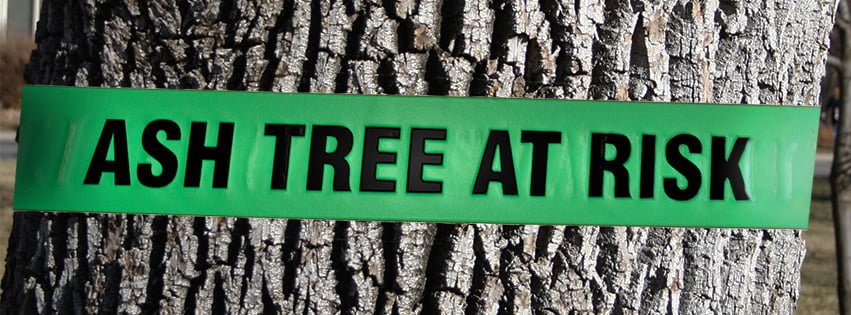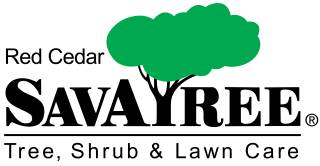Red Cedar Tree Inspections Can Help Early Detection
 The Emerald Ash Borer (EAB) is an invasive species from Asia that was accidentally brought to North America in 2002. Since its arrival, the EAB has destroyed over 70 million ash trees in the United States alone. The environmental and financial impacts of the Emerald Ash Borer could be catastrophic if the spread of the insect is not prevented/contained. Varies studies have concluded that the removal and replacement of EAB infested ash trees could reach a projected $12 billion over the next 10 years.
The Emerald Ash Borer (EAB) is an invasive species from Asia that was accidentally brought to North America in 2002. Since its arrival, the EAB has destroyed over 70 million ash trees in the United States alone. The environmental and financial impacts of the Emerald Ash Borer could be catastrophic if the spread of the insect is not prevented/contained. Varies studies have concluded that the removal and replacement of EAB infested ash trees could reach a projected $12 billion over the next 10 years.
The EAB has already been sighted in 18 states across the U.S.A., inciting quarantines in heavily affected areas. One of the main reasons the Emerald Ash Borer has spread so quickly is the lack of natural predators it has. The only true threat the insect has is woodpeckers, however, these alone cannot control the EAB population. New York has especially seen how quickly the EAB can spread. Since its first sighting in 2008, the EAB has already been sighted in 13 counties: Ulster, Greene, Livingston, Monroe, Steuben, Genesee, Erie, Orange, Albany, Niagara, Cattaraugus, Dutchess, and Tioga. In order to truly inhibit or prevent the spread of this invasive species, early detection is imperative.

Homeowners and property owners can play a significant role in stopping the Emerald Ash Borer. Paying attention to the health of your trees could lead to early detection of the EAB. If the bark or the leaves look different, this can be a sign of emerald ash borer. The insect can cause the bark to split when it is infested. Ash trees will also have brown or yellow leaves or a great lack of healthy leaves when they are infested.
If you see any unusual changes in your trees’ appearances, contact Red Cedar Arborists immediately to inspect your trees. We will be able to tell for certain whether or not your trees are infested by the EAB, as well as safely remove and discard any trees that indeed are.

